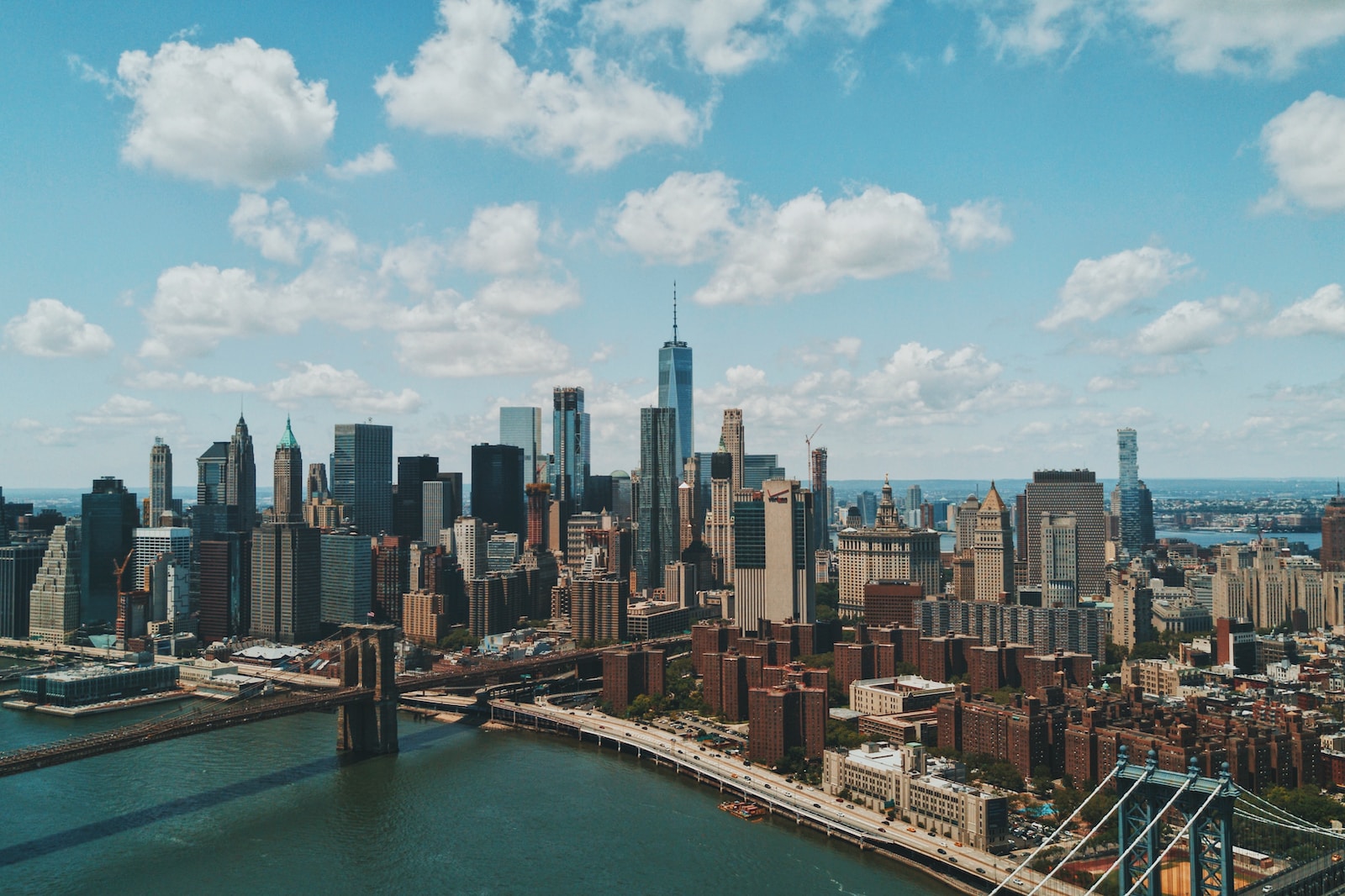
Photo by Patrick Tomasso on unsplash
New York State Thruway Toll Increases: What You Need to Know
January 1, 2024
As we step into the new year, changes are afoot for those traveling via the New York State Thruway. Starting from Monday, Jan. 1, toll rates will see a 5% hike. This is the initial phase of toll increases approved by the Thruway Authority’s board of directors earlier in September. Prepare yourself for another 5% surge in 2027. This marks the first time since 2010 that a systemwide increase, excluding last year’s toll hike on the Mario M. Cuomo Bridge, has been implemented.
In the practical sense, what does this mean for travelers? Let’s break it down. A driver journeying from Woodbury in Orange County at Exit 15 to Albany at Exit 24 in 2024 will see the toll increase from $5.25 to $5.51. By 2027, the rate will climb to $5.79. Traveling between downtown Albany at Exit 23 and Schenectady at Exit 25 will cost 56 cents in 2024, up from 53 cents, and 59 cents in 2027. You can find the revised rates for 2024 on the state Thruway Authority’s website.
Unsurprisingly, these changes may not bode well for those without an E-ZPass. The tolls are expected to be a whopping 75% higher than the New York E-ZPass rates for drivers who opt for pay-by-mail options. The state Thruway Authority justifies this increase as a way to encourage drivers to obtain a New York E-ZPass and to help cover processing costs. By 2027, standard rates for non-New York E-ZPass holders and pay-by-mail options will be 8.6 cents higher than in 2023.
However, the tolls at the Mario M. Cuomo Bridge will not be subject to this 5% increase. Instead, tolls for E-ZPass will rise by 50 cents annually from 2024 through 2027. By the end of 2027, the base rate for passenger vehicles will reach $7.75, an uptick from $5.75 in 2023. The good news is that the 40% commuter discount will continue, and the resident discount will increase from 17% to a more generous 20%, but this applies only to qualified Rockland and Westchester County residents.
Critics of the toll hikes, including truckers and upstate politicians, have voiced their concerns. However, officials argue that these increases are essential due to the need for updated infrastructure and a decrease in traffic as a result of the pandemic. In light of the 2024 increases, a budget report predicts tolls and related fees will generate approximately $1.04 billion in revenue, about 19% more than in 2023.
In terms of traffic flow, the authority anticipates overall traffic in 2024 to be 2% less than 2023 levels. This includes a 1.5% drop in passenger traffic and a more significant 4.7% decline in commercial traffic. According to the budget report, these expected reductions in traffic levels align with a projected economic outlook ranging from very low growth to a modest recession in 2024.
In conclusion, regular users of the New York State Thruway must adjust their travel budgets accordingly to accommodate these soon-to-be-implemented toll increases. While the Thruway Authority has justified the hikes, it’s clear that they won’t be universally popular. Ultimately, they appear to be a necessary measure to sustain the upkeep of the state’s road infrastructure amidst fluctuating traffic levels and economic uncertainties.
Recent News
Planet Fitness Raises Monthly Fee After 26 Years
Planet Fitness, renowned for its budget-friendly $10-a-month membership plan, is embarking on a significant shift by increasing its basic fee for the first time in over two decades. The “classic” membership, allowing access to a single location, will undergo a 50% hike to $15 for new members commencing this summer.
McDonald’s Might Relaunch $5 Meal Deals
McDonald’s is gearing up to launch a $5 meal deal in the US, aiming to attract cost-conscious consumers back into its stores. The proposed deal may include a McChicken or a McDouble, accompanied by fries and a drink.
US Plans Tariffs on Chinese Electric Vehicles
The Biden administration intends to announce new tariffs on Chinese electric vehicles (EVs), possibly reaching 100%, along with additional import taxes on various Chinese goods, including semiconductors. This move aims to safeguard American manufacturing interests, amidst concerns that China’s competitive pricing may undermine US efforts to boost domestic clean energy production.
Columbus Walmart Shutdown Sparks Equipment Auction
A Walmart store in Columbus, Ohio, ceased operations due to underperformance and is now auctioning off its remaining retail equipment and merchandise. Located at 3579 S. High St., the store closed its doors in February, prompting a liquidation auction scheduled for Friday.

